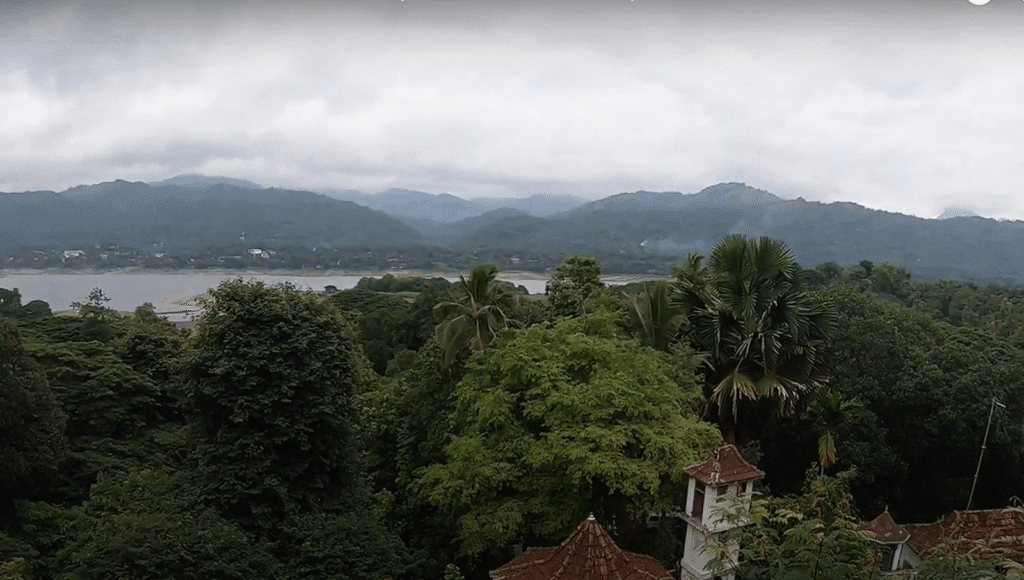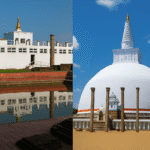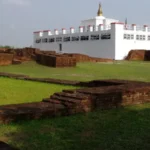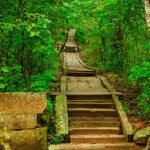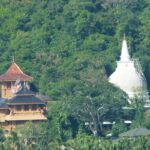“Stone can erode, but truth remains — etched in silence, hidden in plain sight.”
Lost Geography, Living Legacy
While popular history tells us the Buddha lived and taught only in India, Sri Lanka holds traces of a deeper story. All across the island — from the shadowed caves of Bambaragala to the windswept rock of Budhugala — lie ancient footprints, both literal and cultural, that align remarkably with the life events of Siddhartha Gautama.
This article reexamines four key sites that challenge the conventional pilgrimage narrative and point toward a Lanka-centered path—supported by inscriptions, tradition, and overlooked archaeology.
The Silence of Stone: Why These Sites Were Forgotten
Many of Sri Lanka’s ancient sites were never integrated into the popular Indian-based pilgrimage map because:
- They lacked imperial sponsorship during the Maurya and Gupta eras.
- Colonial archaeologists prioritized Indian identifications, overlooking Sri Lankan chronicles like the Mahavansa.
- Oral traditions were labeled as “legends” rather than investigated as living historical memory.
And yet, these sites have remained active places of worship for generations — protected not by fame, but by faith.
The Four Pillars of the Forgotten Journey
1. Bambaragala Rajamaha Viharaya (Theldeniya) – Birthplace
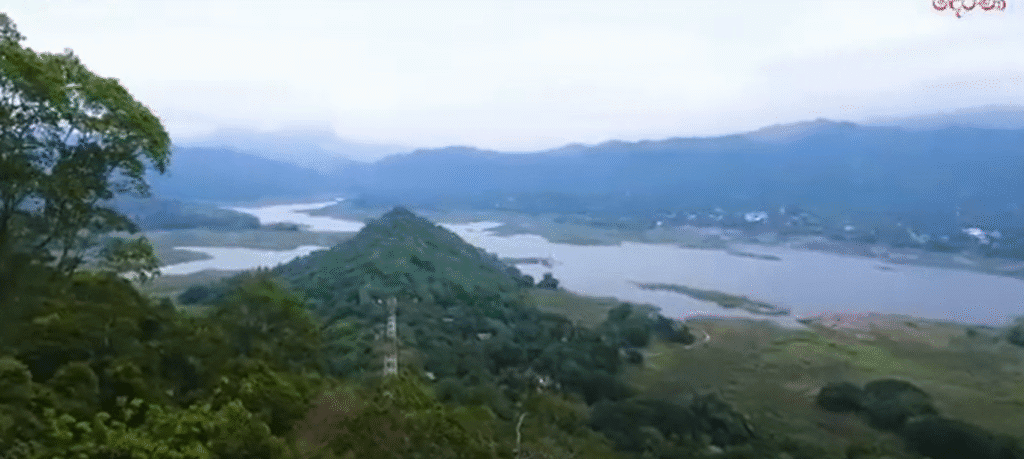
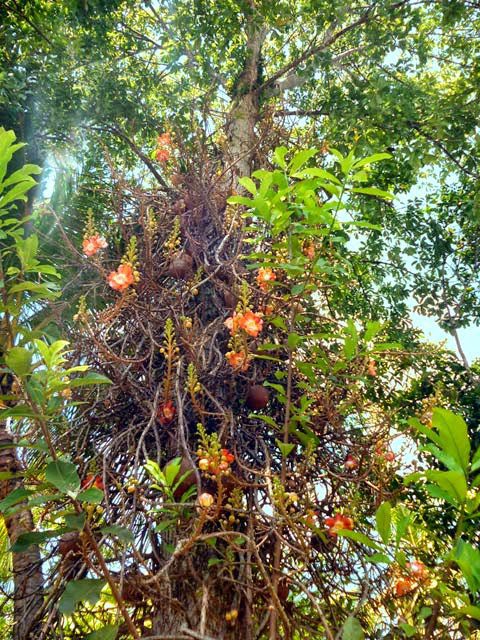
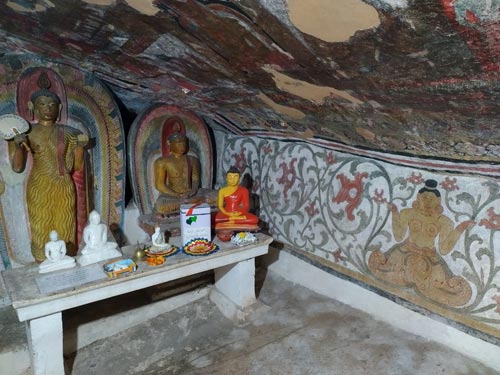
Located in the Knuckles region, this cave monastery features Brahmi inscriptions, ancient drip-ledged caves, and strong local oral tradition identifying it as the birthplace of Prince Siddhartha. Believed to be the “Indasala Guha” of early texts, it predates many Indian monuments and aligns with geographical clues in the Mahavansa and Saddharmaratnavaliya.
Read: Bambaragala Rajamaha Viharaya – The Lost Birthplace of the Buddha?
2. Hiriwadunna Sri Bodhiraja Forest Hermitage (Habarana) – Enlightenment
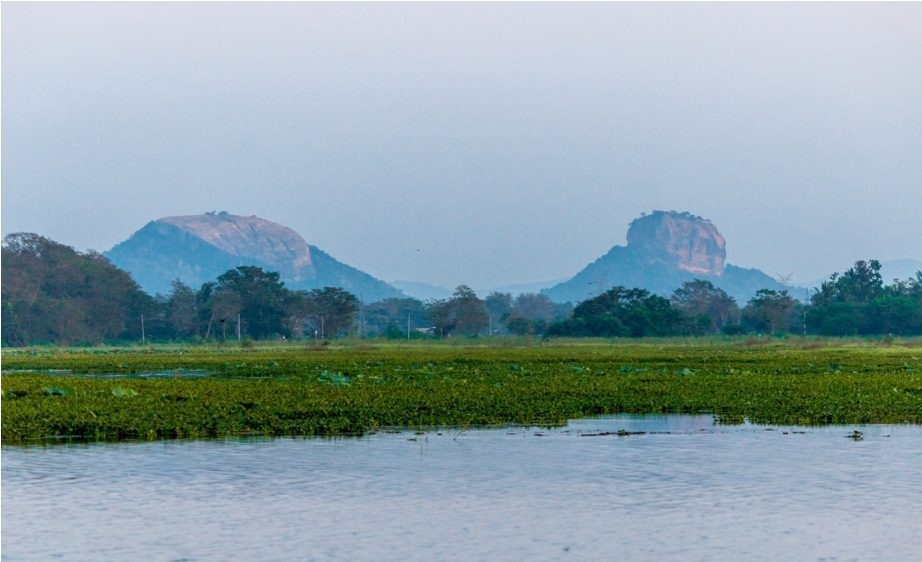
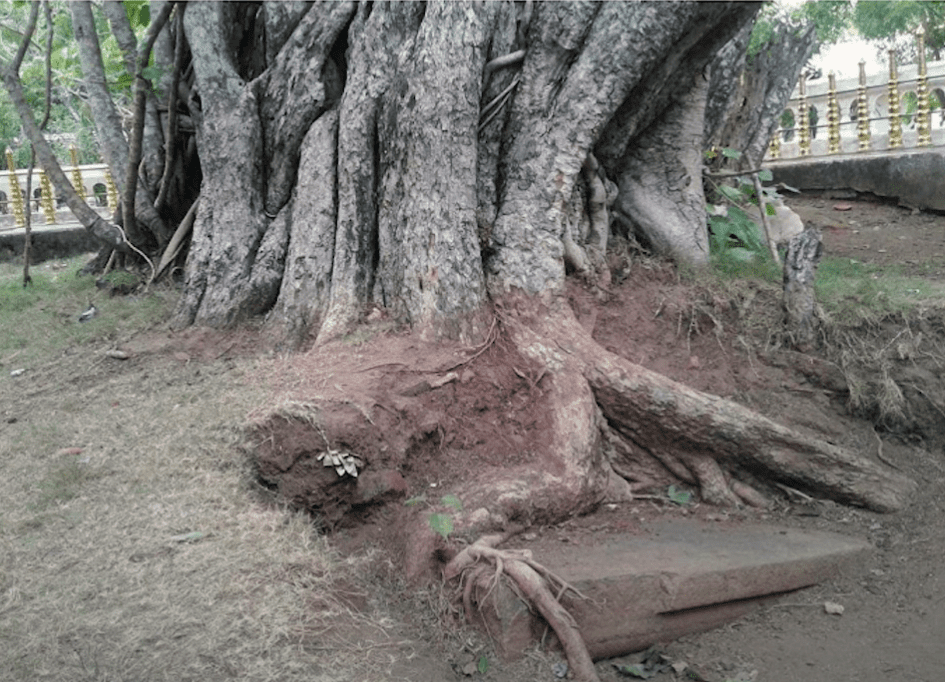
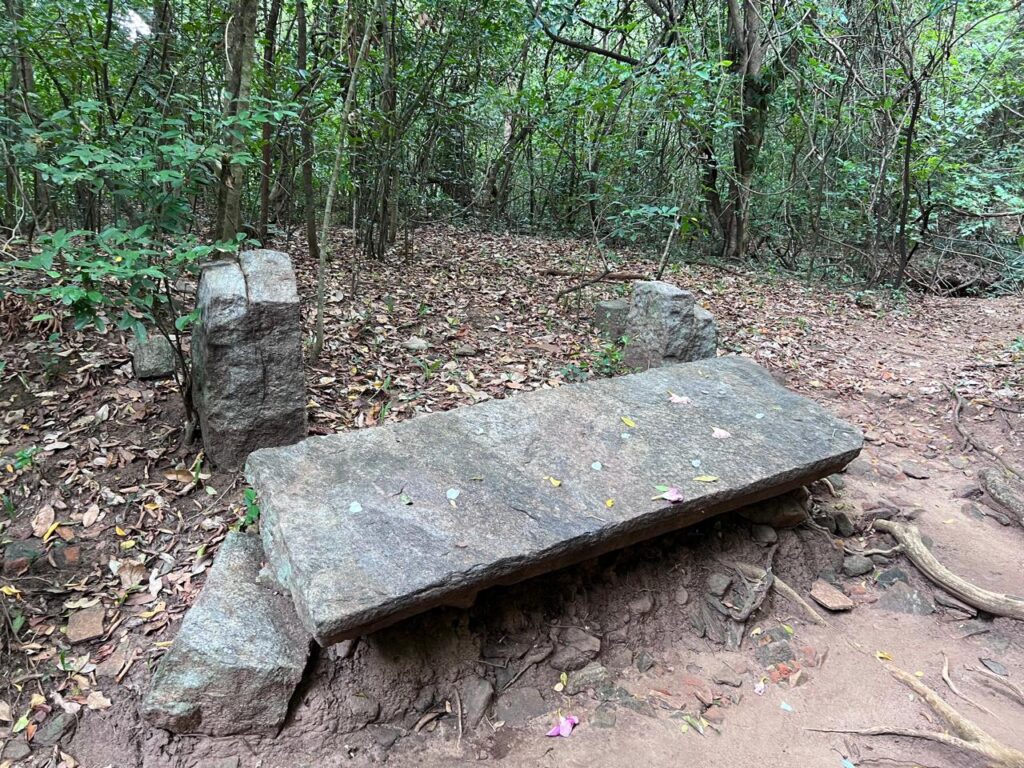
This serene forest site hosts a sacred Bodhi tree, an ancient Vajrasana seat, and archaeological remnants from the Anuradhapura era. Oral tradition and modern reinterpretations suggest this is the true location of the Buddha’s enlightenment, not Bodh Gaya.
Read: Hiriwadunna: The Lost Site of Enlightenment?
3. Isinbassagala (Anuradhapura District) – First Sermon
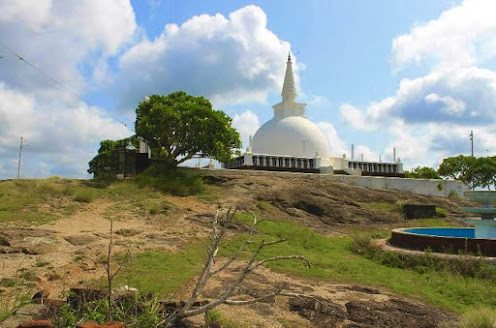
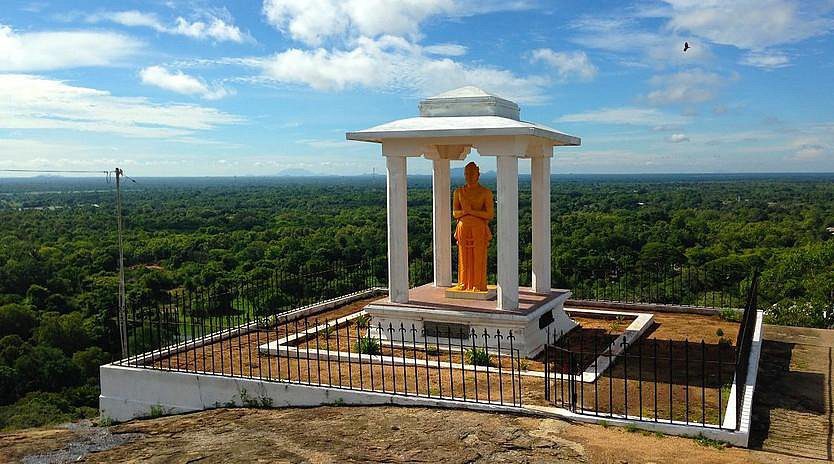
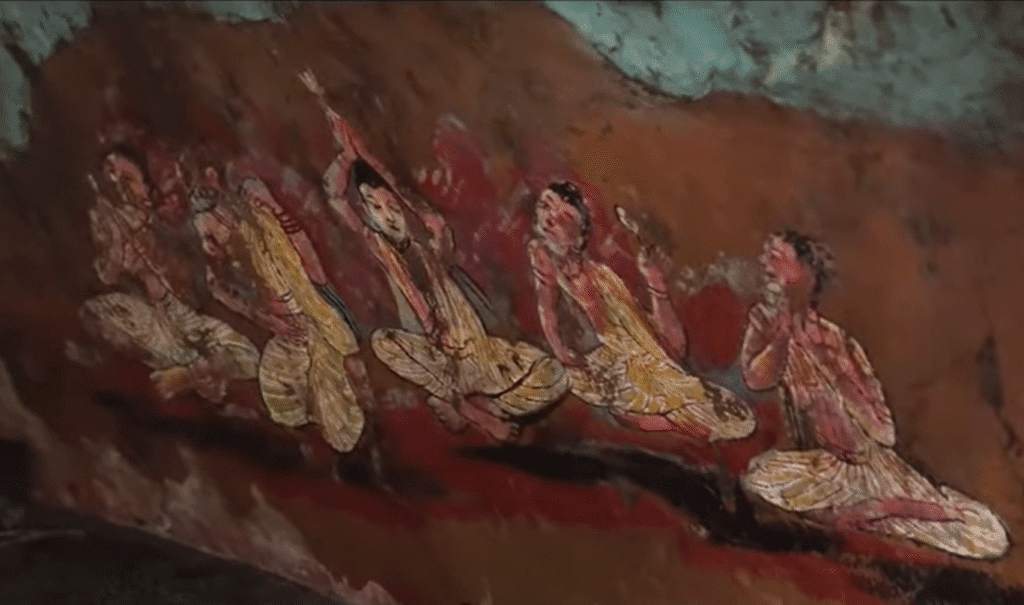
The name Isinbassagala is derived from “Isivarun Bessa Gala”, meaning “The Rock Where the Sages Descended.” This aligns with the story of the Five Ascetics (Paswaga Mahanun) who received the Buddha’s first sermon.
Locally known as Isipathanaramaya, the site features:
- The Arahath Guhava, a cave with ancient paintings of five monks listening to the Buddha
- A Sri Pathul Gala (Buddha’s footprint) carved into the rock
- Brahmi inscriptions from King Devanampiyatissa’s era
These elements suggest that Isinbassagala may be the true Isipatana, misidentified over time through colonial-era mapping and narrative shifts.
4. Budhugala (Okkampitiya, Moneragala District) – Parinirvana
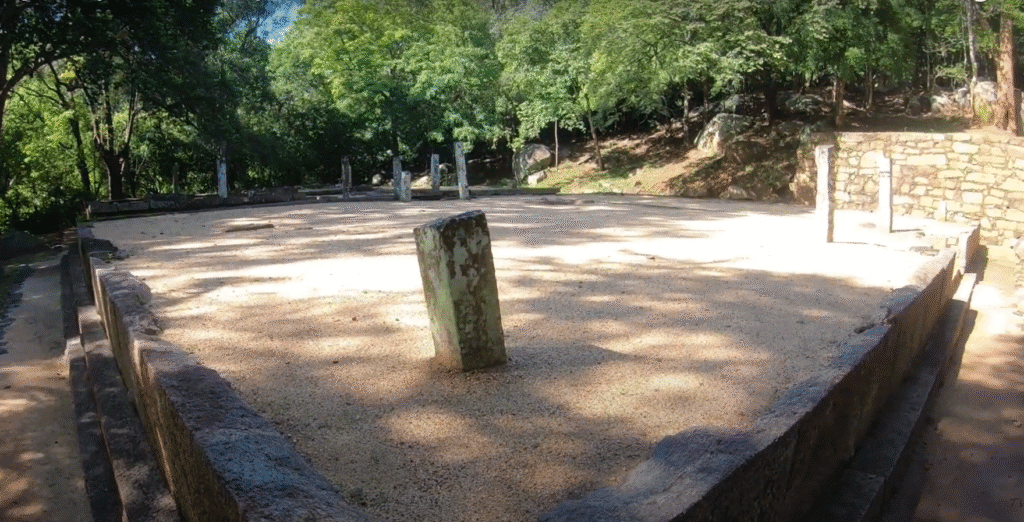
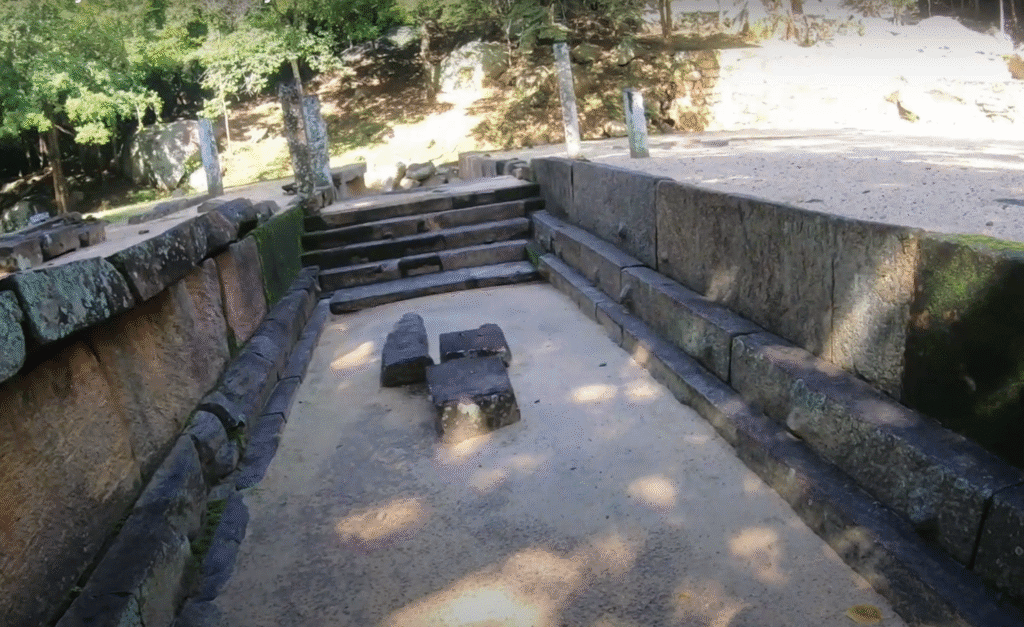
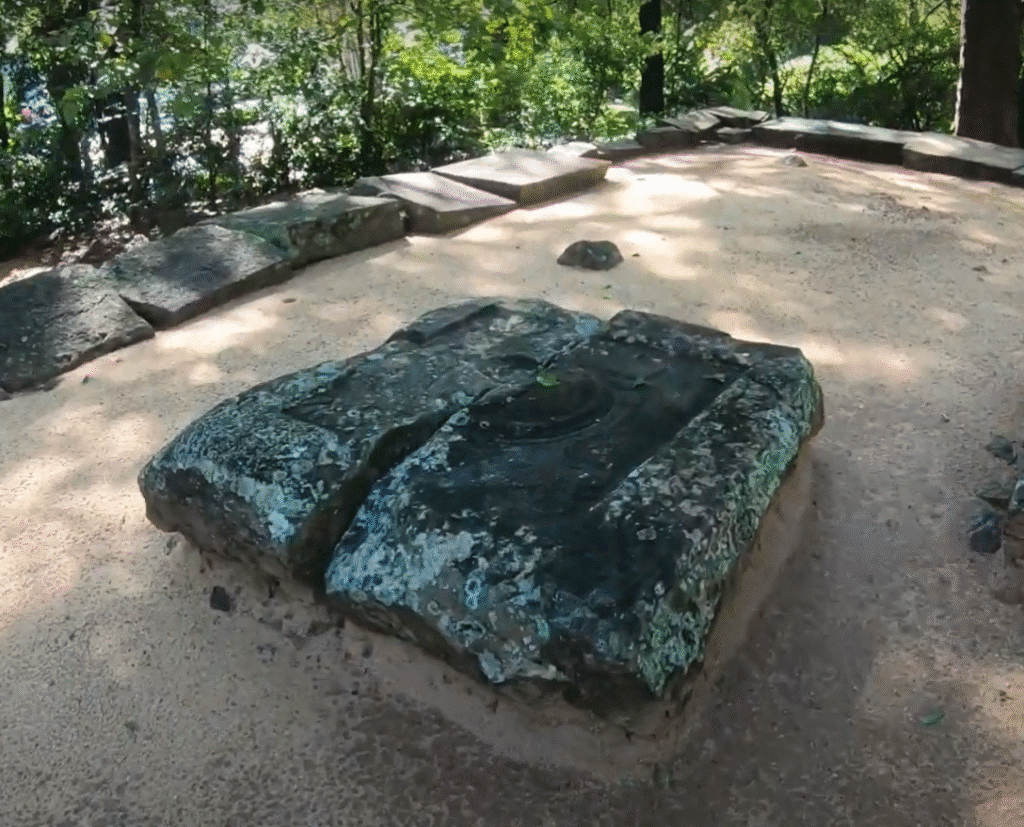
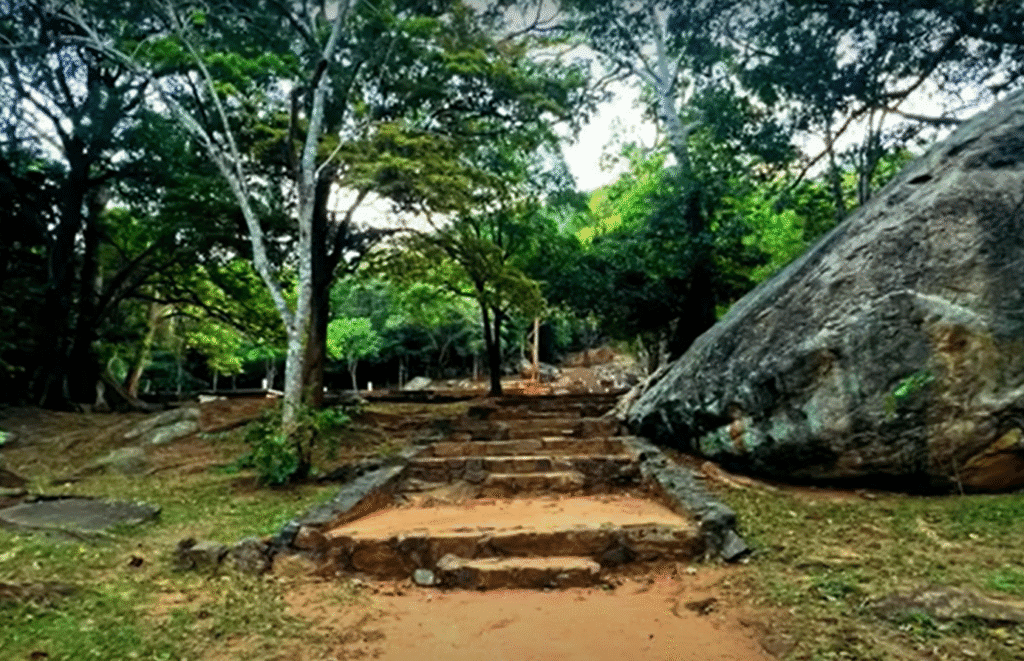
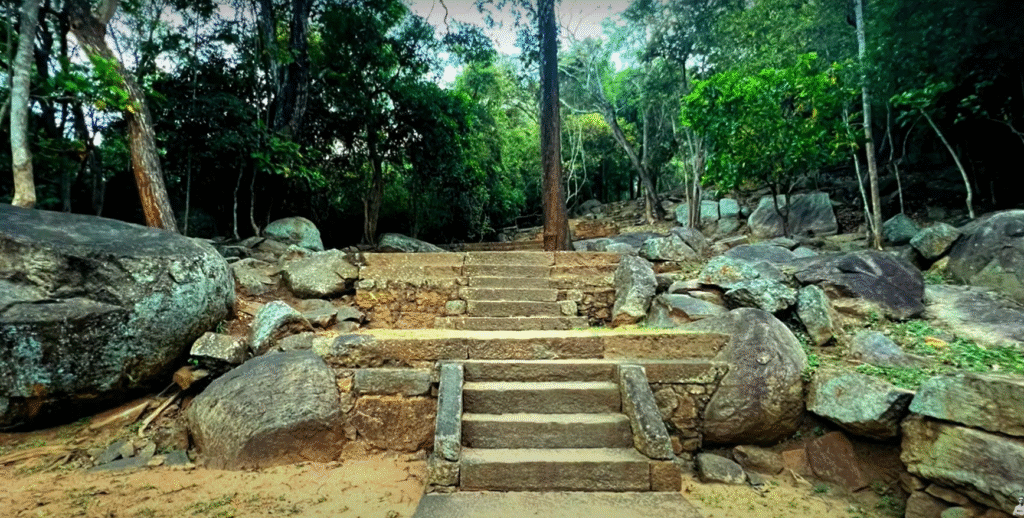
A remote and revered site featuring a reclining Buddha and a surrounding forest shrine. Locals have long venerated this as the place where the Buddha entered Parinirvana. Though overlooked by official maps, its spiritual legacy is intact.
Not Just Legends — Cross-Referencing the Past
Each of these locations shows convergence between:
- Archaeological ruins
- Brahmi inscriptions and site names
- Oral traditions
- Descriptions from the Mahavansa, Saddharmaratnavaliya, and the Tripitaka
They may not be part of the Solosmasthana, but they form an older, more organic pilgrimage trail — one passed down through hermits, villagers, and sacred silence.
Conclusion: Stones That Still Speak
The story of the Buddha in Lanka is not myth — it is memory. A memory encoded in stone, forest, and prayer. These sites may not yet have global recognition, but they offer something even more powerful: authentic continuity between the past and present.
It’s time we listened to what the stones have been trying to say all along.
